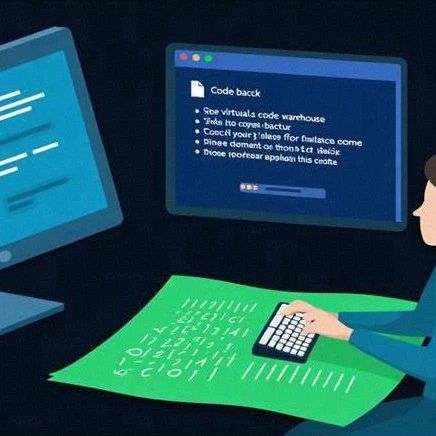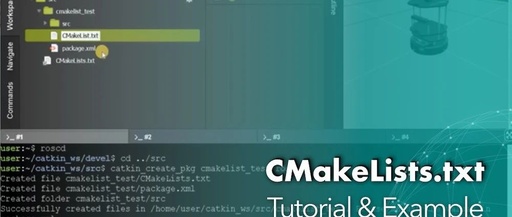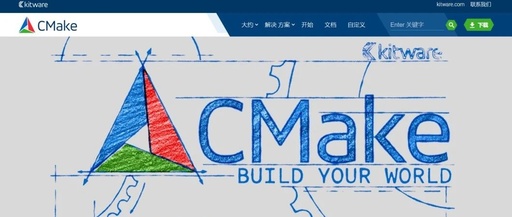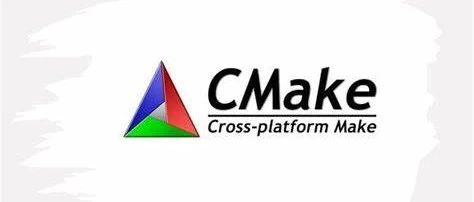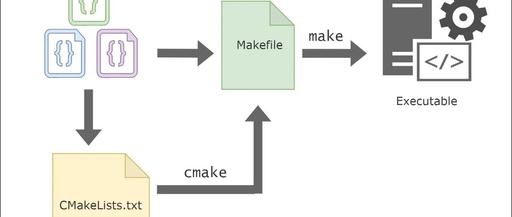Using CMake: A C++ Project Build Tool
Using CMake: A C++ Project Build Tool CMake is a popular cross-platform build system that generates standardized build files, allowing C++ projects to be easily compiled and managed across different operating systems and development environments. In this article, we will introduce the basic usage of CMake and how to use it to create a simple … Read more


